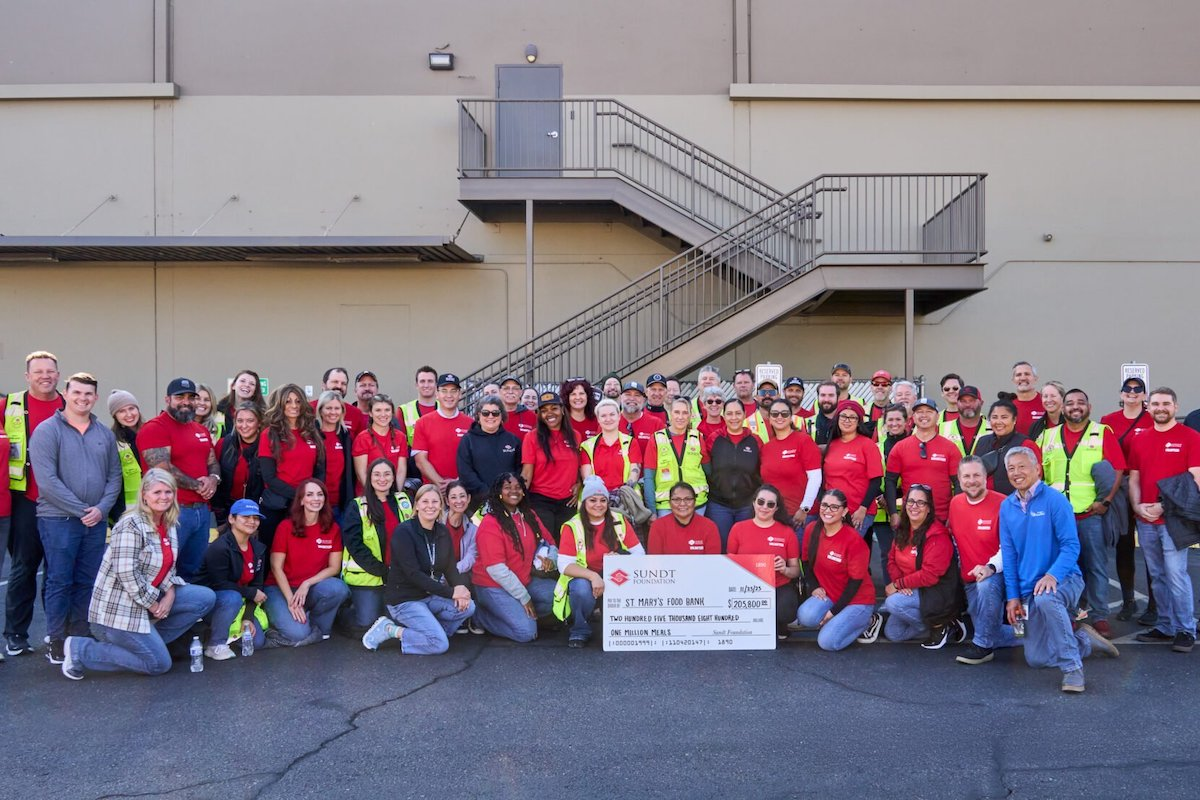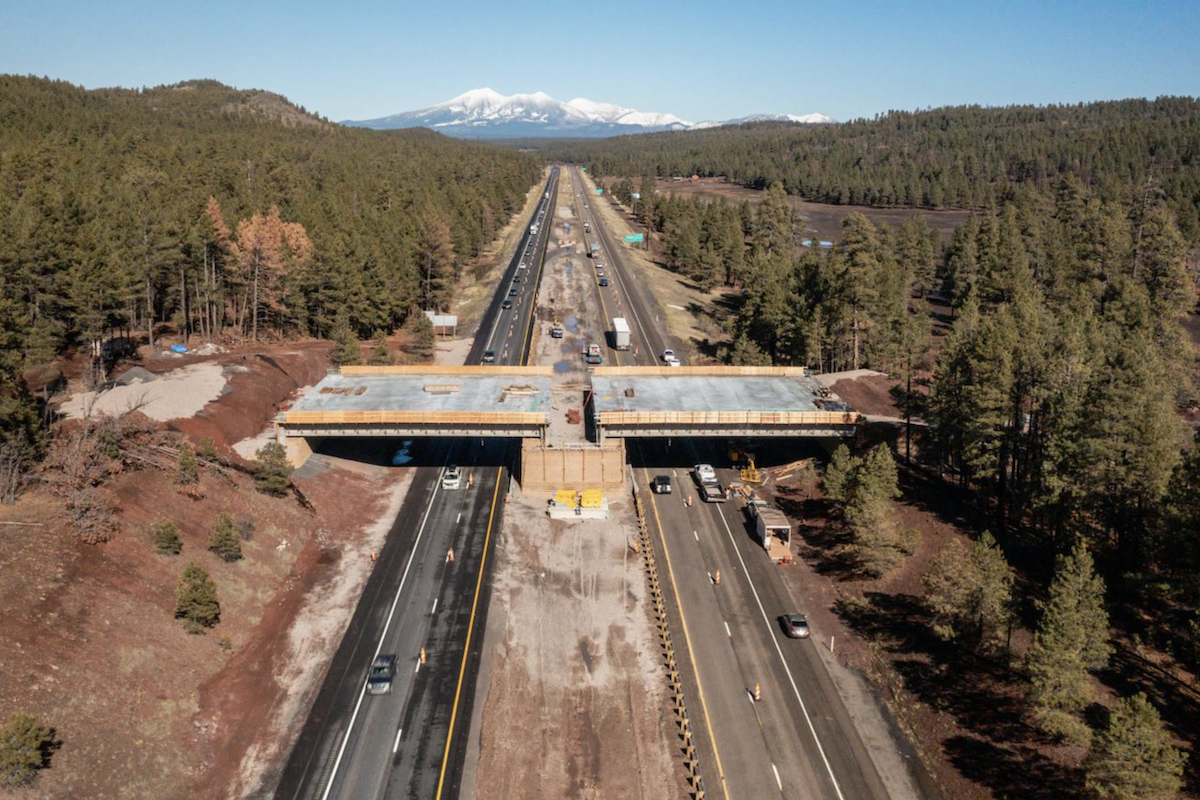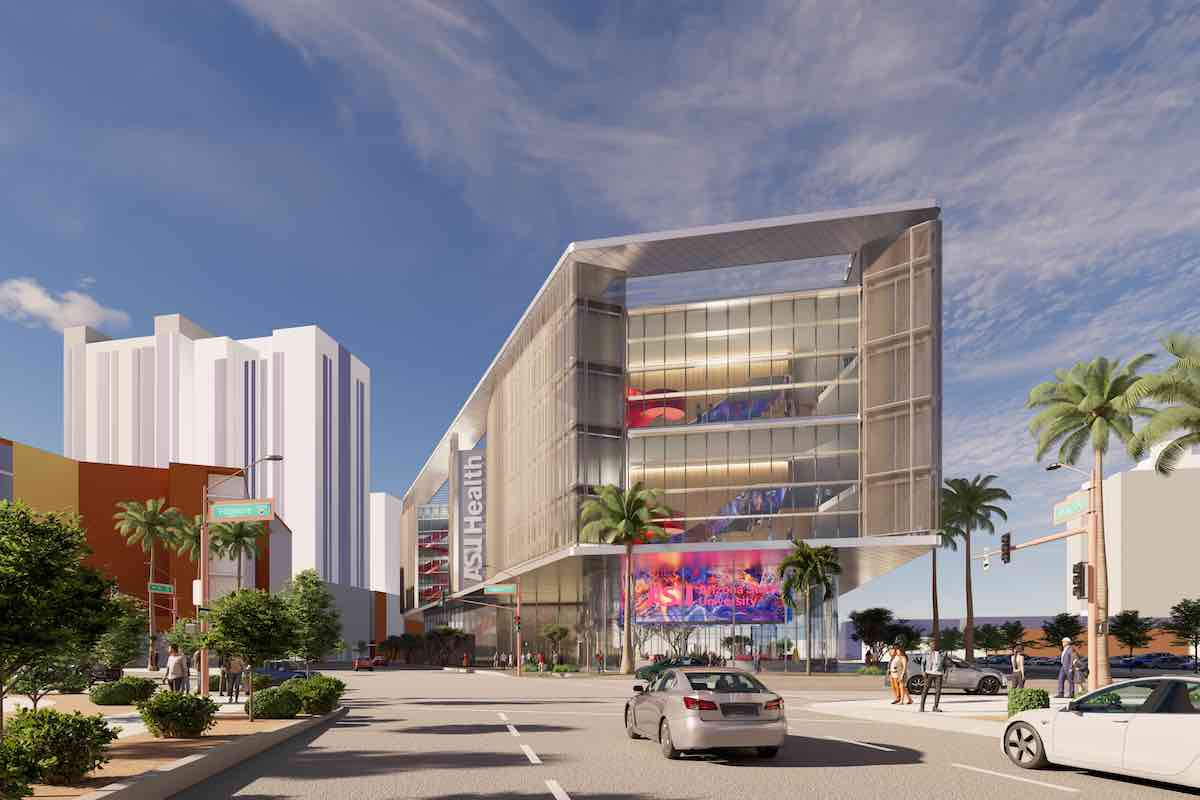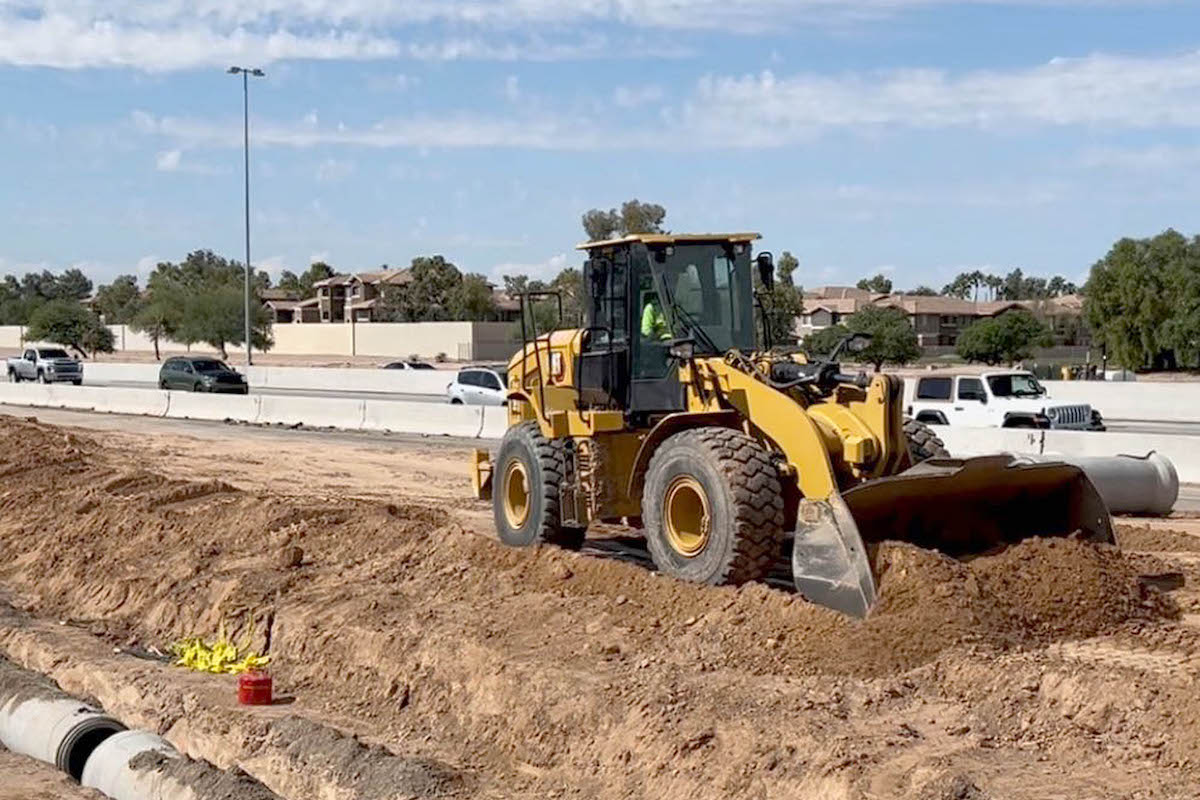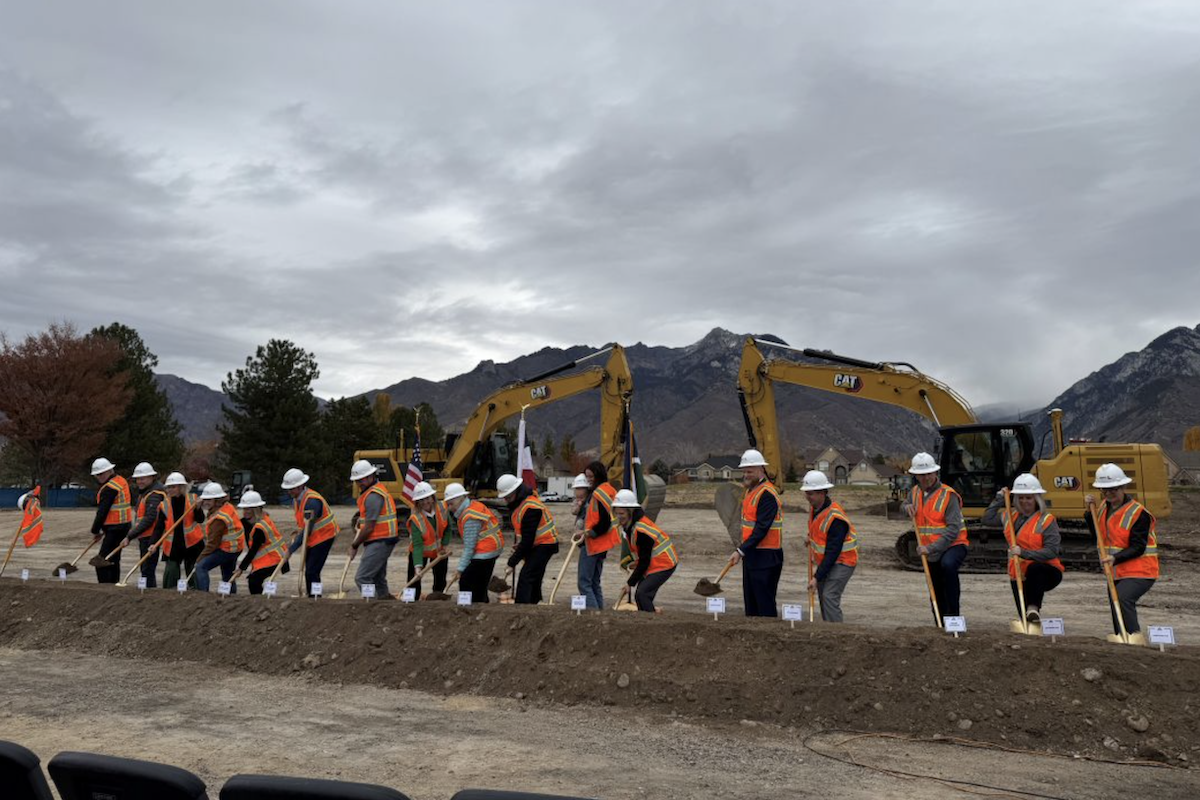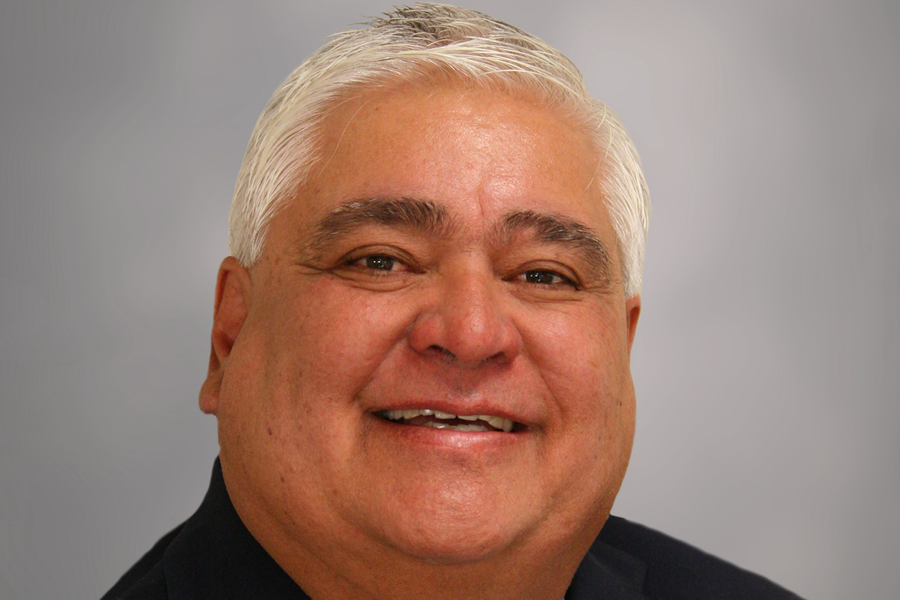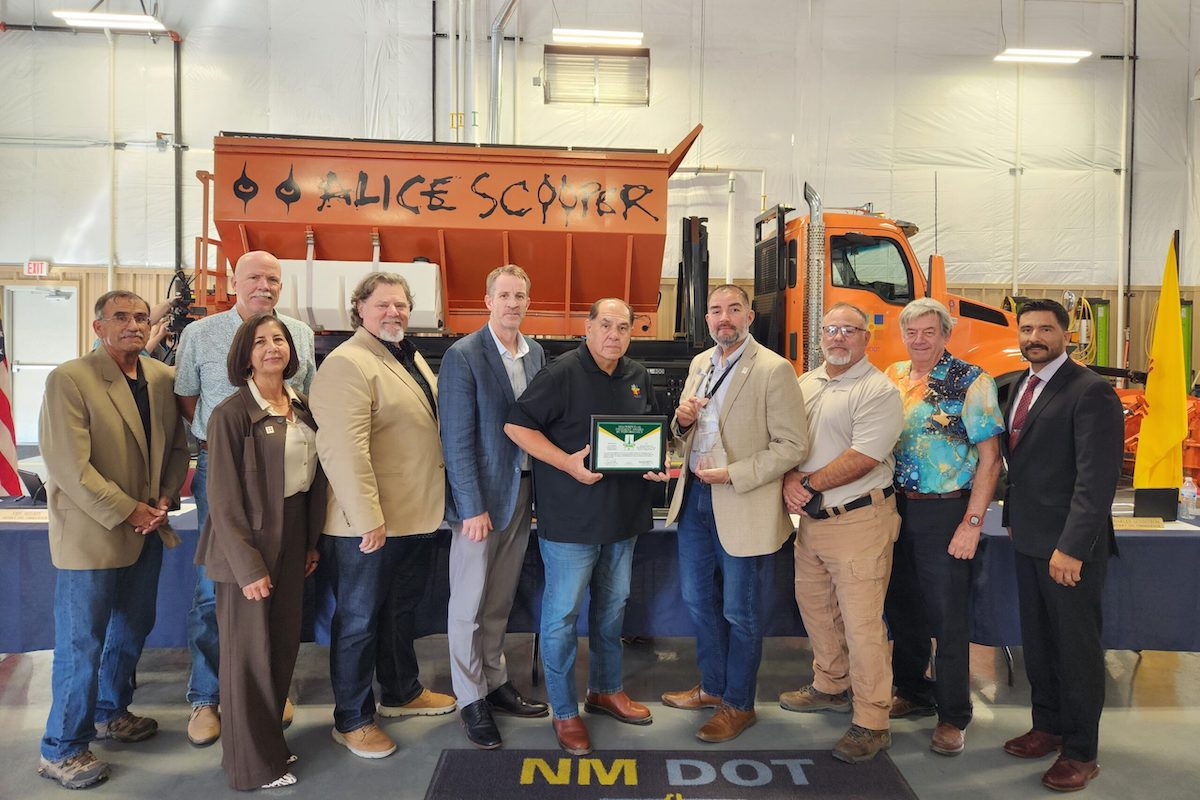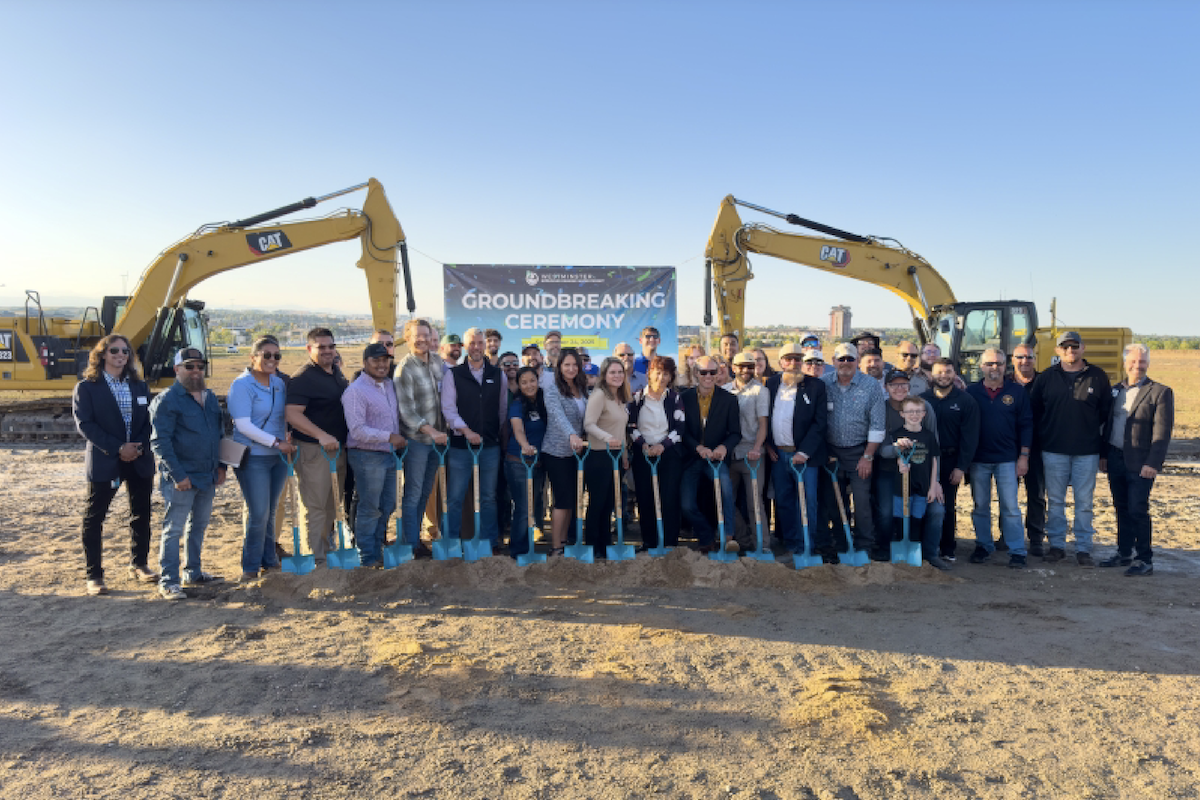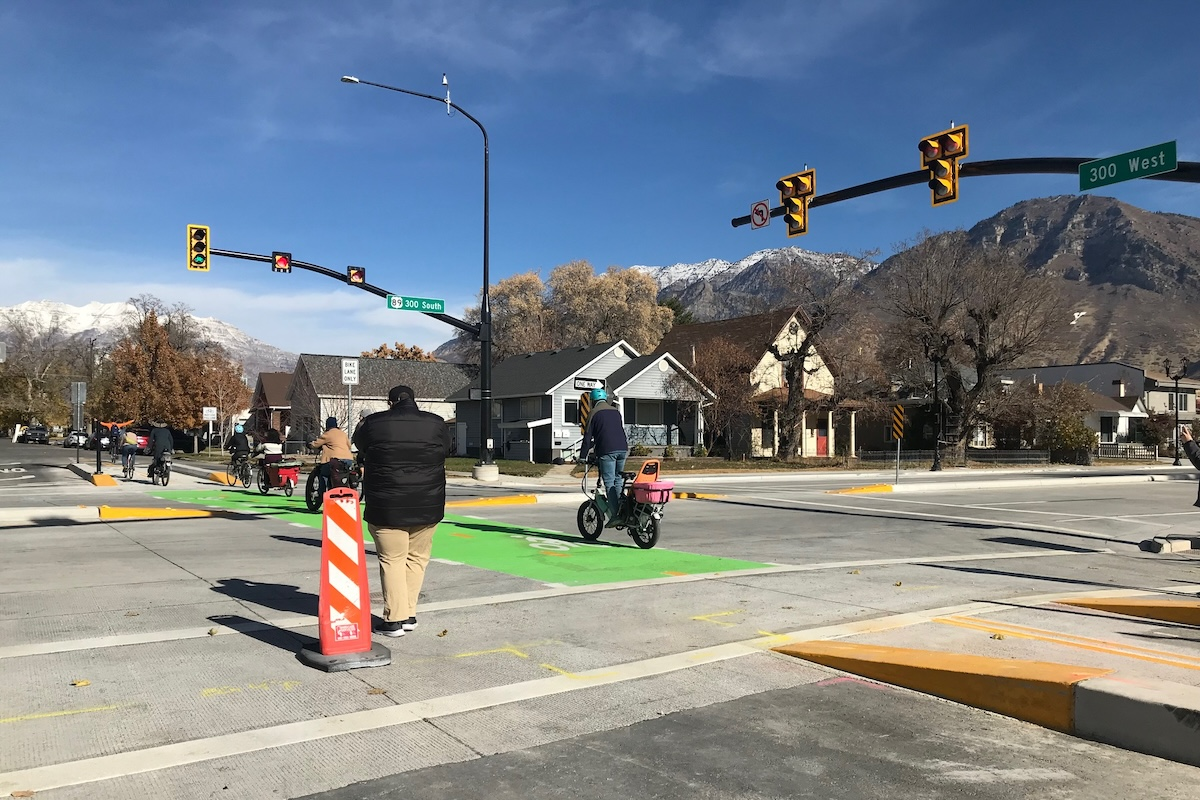"Some infrastructure projects are so large and complex that they defy traditional funding systems — and so significant that they become iconic parts of the American landscape,” said U.S. Transportation Secretary Pete Buttigieg. “After receiving over 100 applications, we are proud to fund these nine infrastructure megaprojects across the country to create jobs, strengthen our supply chains, expand our economy, and renew America’s built landscape.”
In the Constructioneer area, Amtrak was awarded $292 million for the Hudson Yards Concrete Casing - Section 3 Project, and the City of Philadelphia was awarded $78 million for the Roosevelt Boulevard Multimodal Project.
Construction is expected to begin this year on the $649 million project, which covers a portion of the Northeast Corridor (NEC) between New Jersey and New York City that carries over 200,000 daily Amtrak and NJ Transit passenger trips. The existing North River Tunnel serves approximately 450 trains each day and is the only passenger rail connection between Manhattan and New Jersey and the rest of the NEC.
In October 2012, Super Storm Sandy flooded the tunnel with millions of gallons of salt water, leaving behind corrosive chemicals that continue to degrade the concrete tunnel liner, benchwalls, and other systems. Without this project, taking one of the tunnel’s tubes out of service for necessary repairs would significantly reduce rail service and negatively effect commuters, Amtrak passengers, and the regional and national economies. When this project is complete, the concrete casing will preserve the ability to construct a new tunnel and to expand rail capacity.

| Your local Volvo Construction Equipment dealer |
|---|
| Faris Machinery |
“The overall Hudson Tunnel Project will improve resilience, reliability, and redundancy for New Jersey Transit and Amtrak train service between New York and New Jersey,” said Jason Abrams, a Spokesperson for Amtrak. “The project will reduce commute times for NJ Transit riders, enhance Amtrak reliability on the Northeast Corridor, and support the northeast regional economy. It is the centerpiece of the broader Gateway Program to modernize and expand the busiest section of the Northeast Corridor — the 10-mile stretch between Newark, New Jersey, and Penn Station, New York.”
The Hudson Tunnel Project is also expected to create more than 72,000 direct, indirect, and induced jobs with union partnerships for job training, along with $19 billion in economic activity over the project’s construction period. The Gateway Trans Hudson Partnership, a joint venture of WSP, AECOM, and STV, is serving as the designer of record for the Hudson Yards Concrete Casing - Section 3 Project.
Depending on the location, each day Roosevelt Boulevard serves between 39,000 and 89,000 vehicles, 10 Southeastern Pennsylvania Transit Authority transit routes, and approximately 25,000 bus riders on over 28 bus routes. One out of three people in Philadelphia live within one mile of Roosevelt Boulevard, but many face challenges in safety, accessibility, and congestion while traveling along the corridor. This project will take on those challenges with the following improvements:
- Traffic signal upgrades
- Reconfiguring intersections and roadways
- Constructing median barriers and pedestrian refuge islands
- Corridor access management improvements
- Complete street improvements
- New business access and transit lanes
“This project is good for everyone,” said Richard Montanez, Deputy Commissioner for the City of Philadelphia. “It does hit several low-income neighborhoods, and it is one of the deadliest corridors in the United States. So from a safety point of view, this is a key corridor to improve and to try to make better for all users. ... We’re also hoping that this project connects the community. Roosevelt Boulevard is pretty wide. The right-of-way is over 300 feet, so it does divide neighborhoods. We're hoping that by restructuring the boulevard and making it safer, it unites the communities once again.”
The Roosevelt Boulevard Multimodal Project will prioritize jobs for economically disadvantaged communities through the use of economic hiring preferences and will train new workers through registered apprenticeship.

| Your local Bobcat dealer |
|---|
| Ditch Witch West |
| Faris Machinery |
| Romco Equipment Co |














